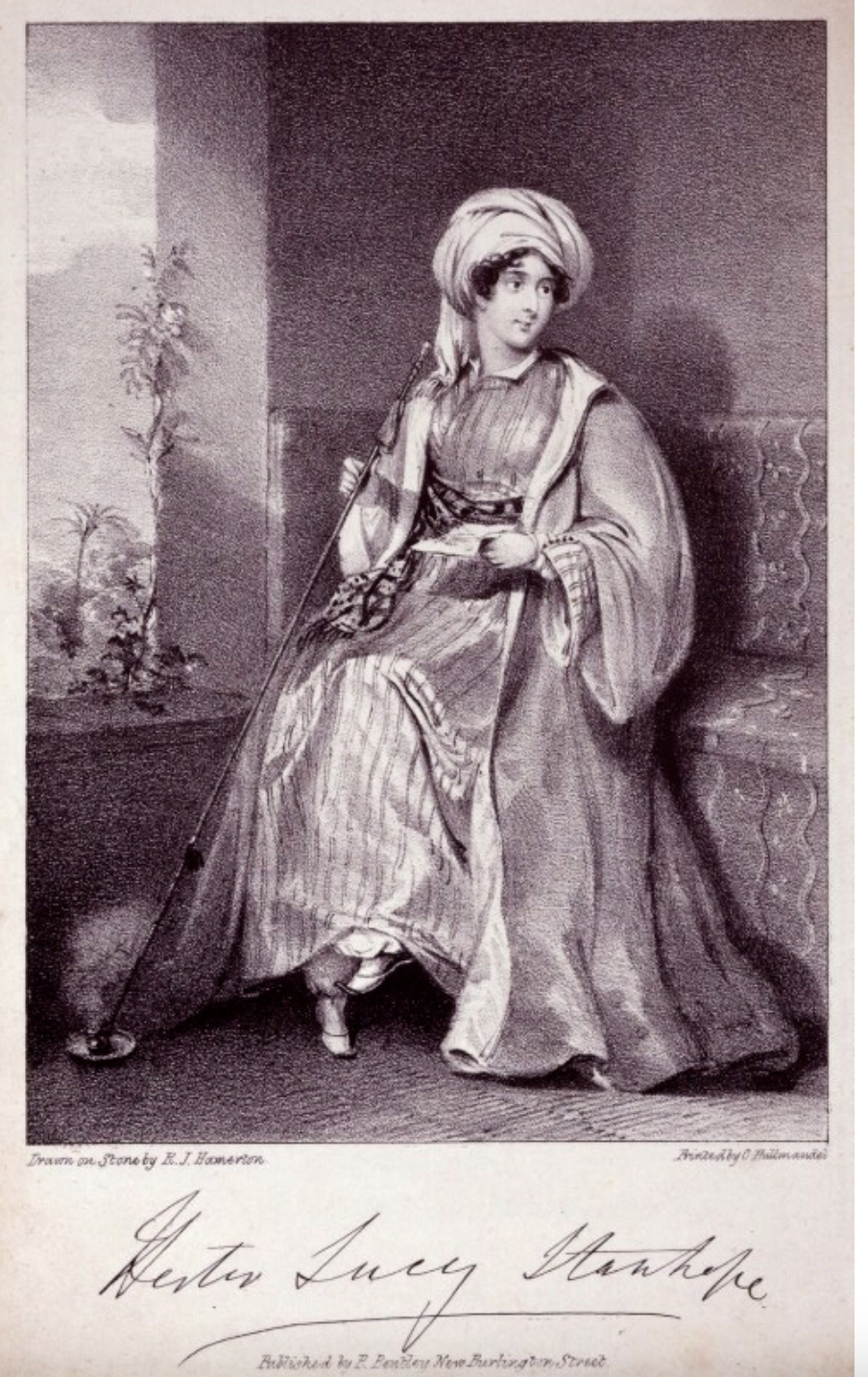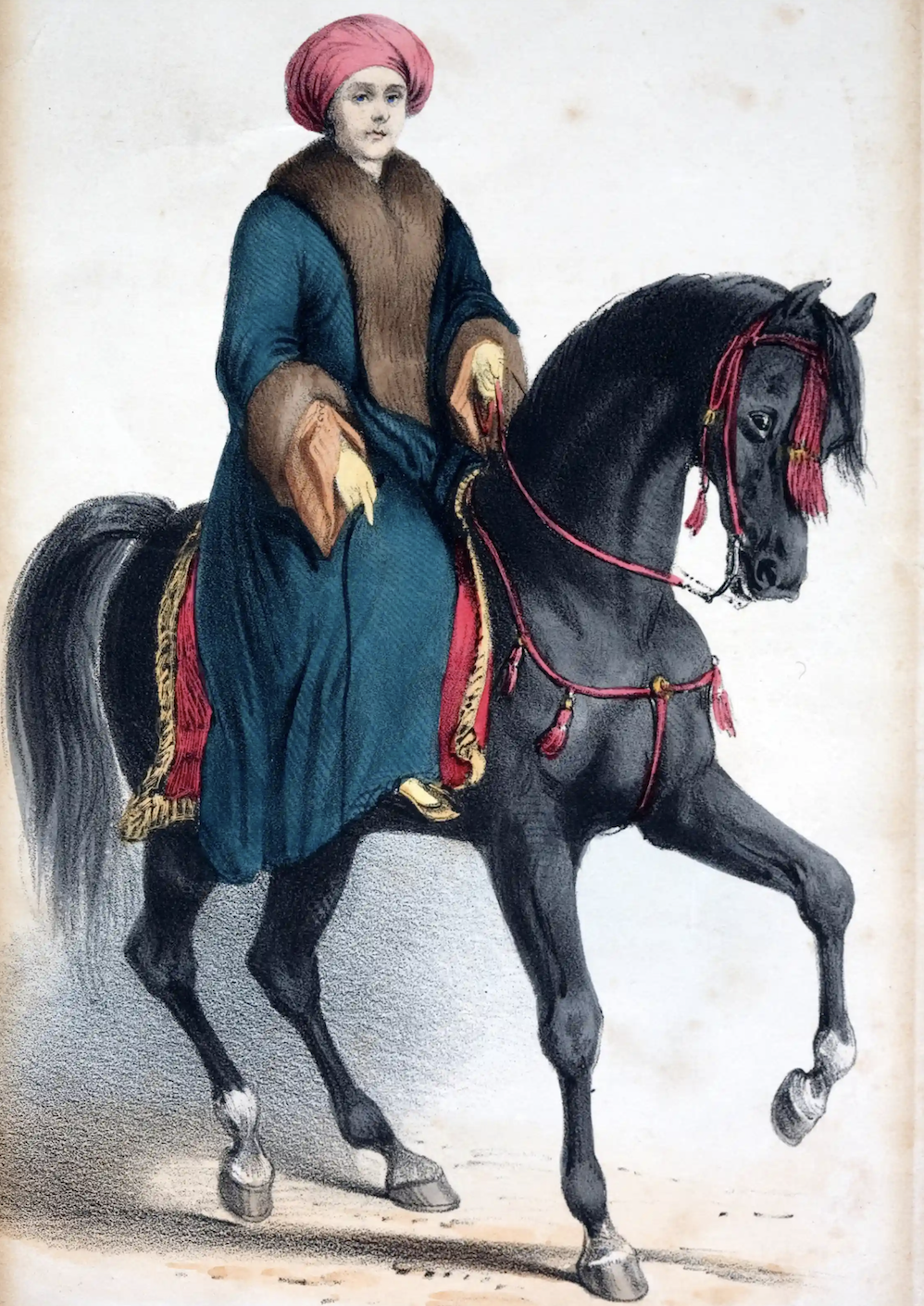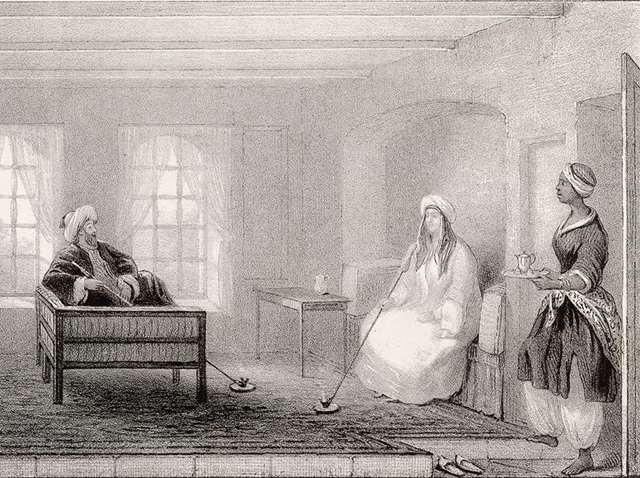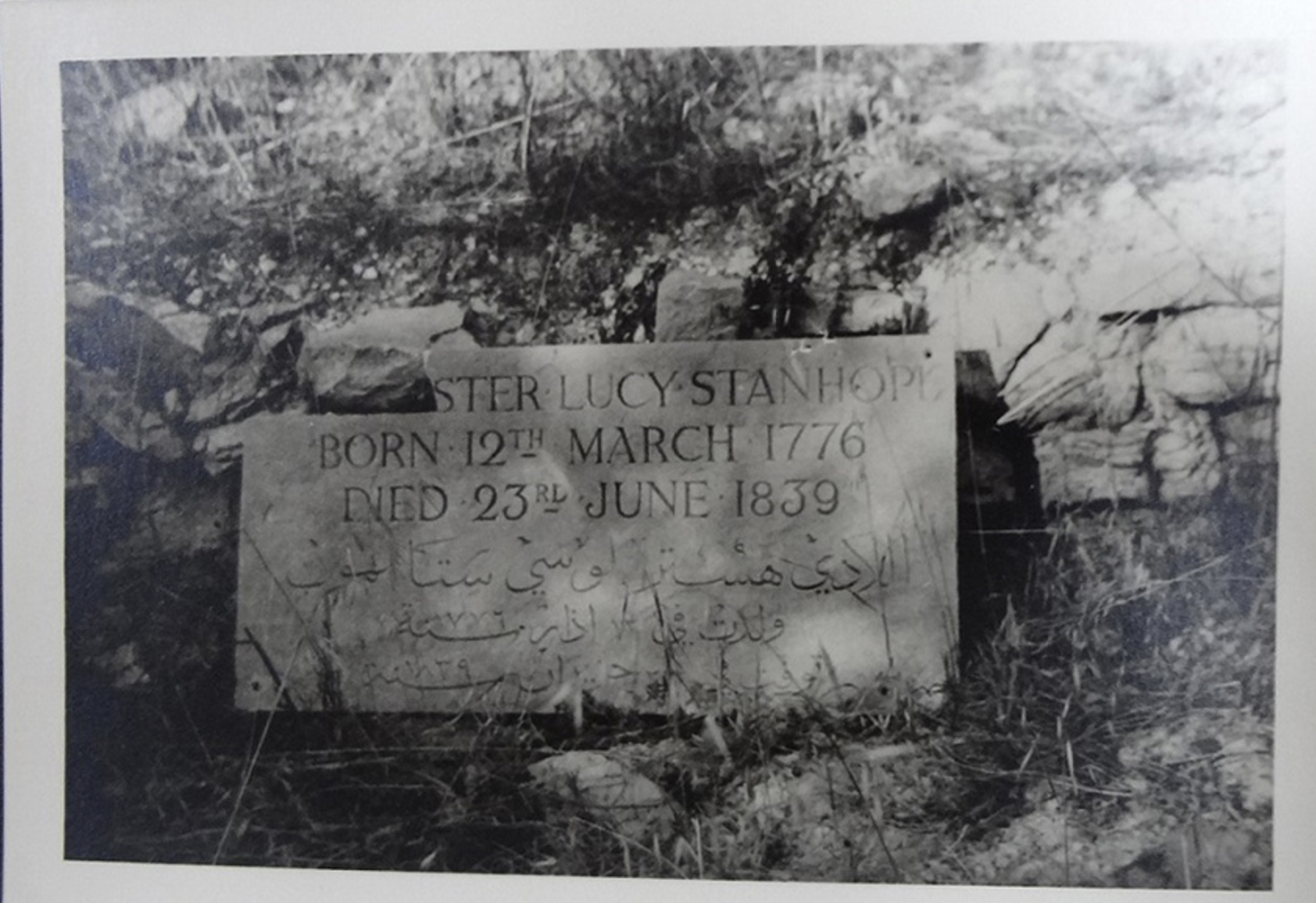Who Was Hester Stanhope, the ‘Queen’ of Lebanon?
Did you know that Lebanon had an uncrowned queen in the early 1800s? Her name was Lady Hester Stanhope, a traveler who was among the most significant and influential figures in the Middle East.
Early life
Hester Stanhope (1776-1839) was the eldest daughter of British statesman Charles Stanhope, 3rd Earl Stanhope. In 1803, she became the hostess and advisor of her uncle, William Pitt the Younger, who became Prime Minister. Following her uncle’s death only three years later, George III granted Lady Hester a £1,200 pension for her family’s services.

Born into one of the most influential political families in Britain, it was unusual that she would leave her aristocrat life to become a traveler. It was likely due to the death of her brother and her alleged lover, an army lieutenant, in the same year.
After a shipwreck en route to Cairo, Stanhope refused to wear a veil after losing all her belongings and opted for unconventional male attire. Over the next two years, she visited places like Gibraltar, Athens, and Jerusalem, where she was honored at the Church of the Holy Sepulchre.

Lady Hester spent the following years traveling through the Middle East on a black stallion. She dressed as a Bedouin, with a caravan of 22 camels carrying her baggage. According to some sources, Lady Hester was nearly six feet tall. Though an unconventional beauty, she was known for her striking and charismatic presence. She also shaved her head for convenience in her later years, and she often wore a turban.
Though her male companions worried about her rebellion against the traditions of Eastern society, she impressed many locals and rulers she met in the Middle East with her fearless and rebellious nature, including Emir Mahannah Al Fadl, leader of the Arab tribe that dominated the Syrian deserts.

Her influence in Mount Lebanon
Lady Hester Stanhope befriended the Druze community in Lebanon and the Hasana Bedouin. The Bedouin assisted her in visiting Damascus and Palmyra. She became the first Western woman to see the ancient city of Palmyra, and was later hailed queen. Newspapers at the time dubbed her a “Queen of the Desert” and a “modern Zenobia”.
Queen Hester settled in a fortress on the hills of Mount Lebanon in the village of Joun. As a former aristocrat with experience in British politics, she accumulated great political influence in the region. In order to maintain her authority, Queen Hester helped the Druze fleeing from conflict amid political turmoil in Mount Lebanon. She often overspent and accumulated a significant amount of debt.
This angered Muhammad Ali, the Ottoman Pasha of Egypt. He perceived her involvement and sympathies as a threat to his power and influence in the region. This led him to view her actions unfavorably and take steps to undermine her by pressuring the British government.
The end of her reign
Due to her financial troubles and stress as a de facto ruler, her behavior became increasingly erratic, reclusive, and violent. This tarnished her reputation. Muhammad Ali Pasha was successful in pressuring the British government, forcing them to divert her pension to settle her large debts. Left with no resources, her influence waned, support diminished, and her servants left her.

In 1839, she died alone and impoverished in Lebanon.





